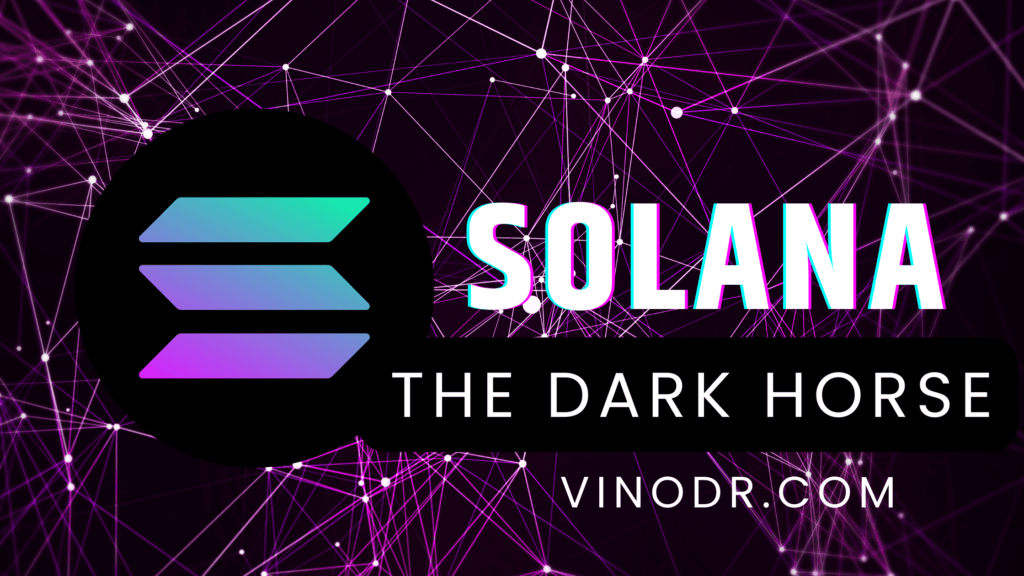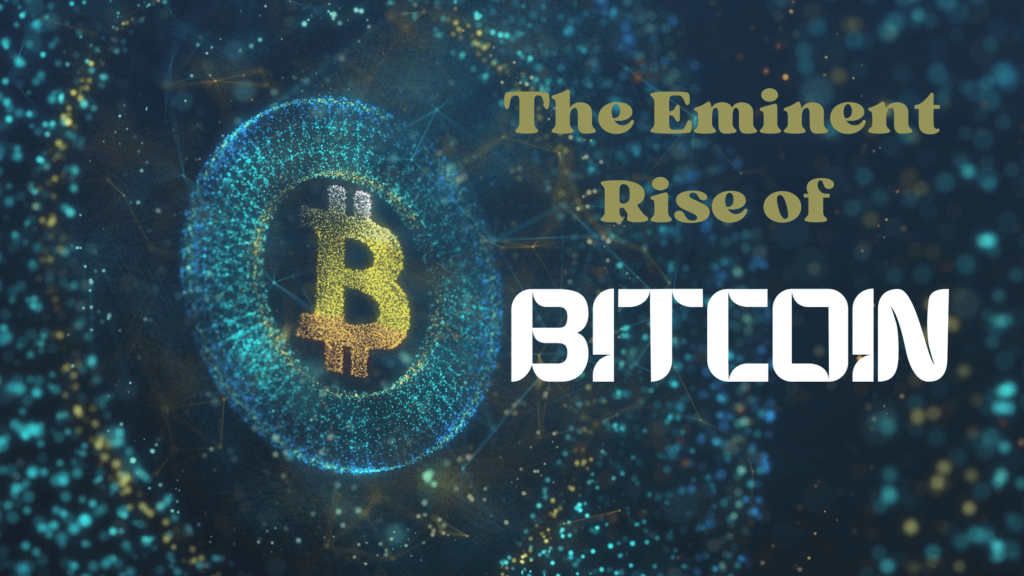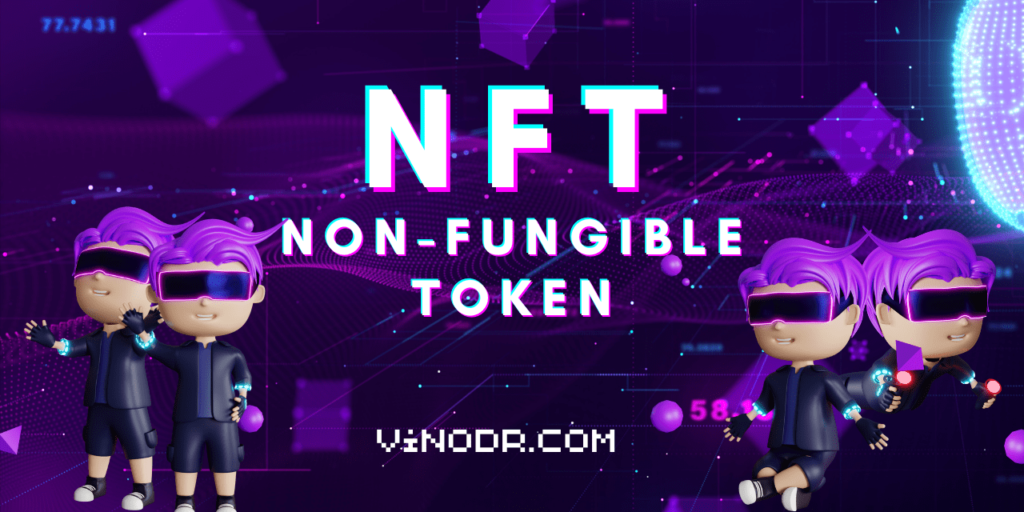Money Attracts Money: If You Don’t Have It, Become It
In a world where wealth often begets more wealth, it can feel challenging to break into the cycle of abundance when starting from humble beginnings. But what if the key to attracting money lies not in what you currently possess, but in who you become? Embracing the essence of wealth, even before it materializes tangibly, can set the stage for prosperity to flow into your life. Let’s explore how embodying the principles and mindset of abundance can transform your financial reality. The Power of Mindset: Cultivating an Abundance Mentality Our thoughts and beliefs shape our reality more than we may realize. An abundance mindset is the unwavering belief that there are ample opportunities and resources available for everyone. This contrasts sharply with a scarcity mindset, which operates on fear and the belief that resources are limited. 1. Believe in Possibility Start by affirming that wealth and success are attainable for you. Replace self-limiting beliefs with empowering affirmations such as, “I am worthy of wealth,” and “Opportunities for prosperity are all around me.” 2. Visualize Success Engage in regular visualization practices where you see yourself achieving your financial goals. Envision the lifestyle, freedom, and impact that increased wealth will bring, and let these images fuel your motivation and actions. 3. Practice Gratitude Acknowledge and appreciate what you already have. Gratitude opens your heart and mind to receive more and shifts your focus from lack to abundance. Keep a daily gratitude journal to remind yourself of the wealth already present in your life. Embodying Wealth Through Actions and Habits Beliefs alone aren’t enough; your daily actions must align with your wealth aspirations. By adopting habits and behaviors that reflect financial prosperity, you signal readiness to receive and manage greater wealth. 1. Invest in Yourself Continuously seek knowledge and skills that increase your value. Attend workshops, read books, and seek mentors in your field. Personal growth is a powerful investment with limitless returns. 2. Dress for Success Present yourself in a manner that reflects your ambitions. Dressing well boosts confidence and influences how others perceive and interact with you, opening doors to new opportunities. 3. Network Strategically Surround yourself with individuals who inspire and challenge you. Build relationships with people who have achieved the success you aspire to, and learn from their experiences and insights. 4. Manage Finances Wisely Demonstrate respect for money through responsible financial practices. Create and adhere to a budget, save regularly, and make informed investment decisions. Show that you can manage small amounts wisely to attract larger sums. Creating Value: The Foundation of Wealth Attraction At its core, money is a medium of exchange for value provided. To attract more wealth, focus on how you can offer greater value to others. 1. Identify Needs and Solutions Look for gaps or problems within your community or industry and think creatively about how you can address them. Offering solutions to real needs positions you as valuable and indispensable. 2. Excel in Service Whether in business or employment, strive to exceed expectations. Delivering exceptional service builds reputation, fosters loyalty, and often leads to increased income through referrals and repeat business. 3. Embrace Innovation Stay open to new ideas and technologies that can enhance your offerings. Innovators often reap substantial rewards by being ahead of the curve and providing fresh, effective solutions. Aligning with the Flow of Abundance Attracting wealth is as much about alignment as it is about effort. Align your thoughts, emotions, and actions with the energy of abundance, and watch as opportunities unfold before you. 1. Stay Positive and Persistent Maintain a positive outlook even in the face of setbacks. Persistence in pursuing your goals demonstrates commitment and resilience, qualities that attract success. 2. Give Generously Practice generosity by sharing your time, resources, and knowledge with others. Giving creates a cycle of reciprocity and abundance, proving that there is always enough to go around. 3. Trust the Process Have faith in your journey and trust that your efforts will yield results in due time. Patience and trust alleviate stress and allow you to remain open and receptive to unexpected opportunities. Becoming the Embodiment of Wealth Money indeed attracts money, but the true magnet lies within you. By becoming the embodiment of wealth through your mindset, actions, and the value you create, you set in motion powerful forces that draw financial prosperity into your life. Embrace the journey of becoming—evolving into a person who thinks, acts, and lives in harmony with the principles of abundance. As you do, you’ll discover that wealth is not just about the accumulation of money but about the richness of experiences, relationships, and the positive impact you make in the world. Step into your abundance today. Become the wealth you seek, and watch as prosperity flows effortlessly into your life. Remember, true wealth starts from within. Nurture it, believe in it, and let it shine through every aspect of your life. As always – Thanks for reading Check out my book – https://a.co/d/bxssRTq Vinod Reghunathan
Money Attracts Money: If You Don’t Have It, Become It Read More »










